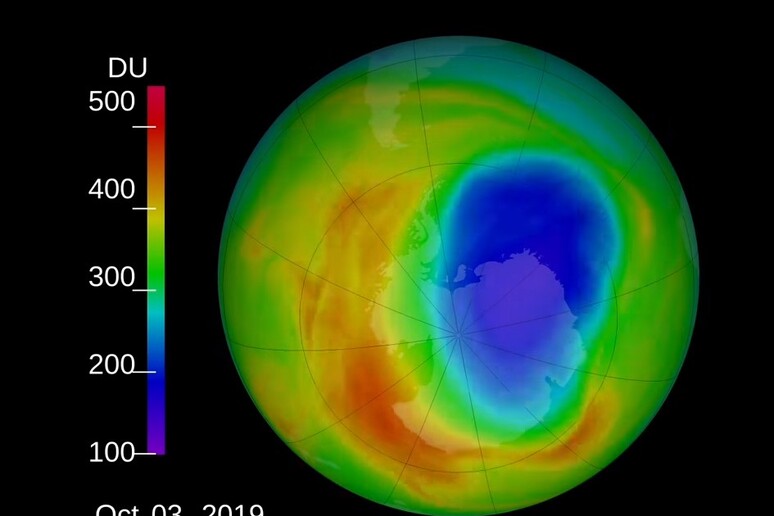The ozone hole is shrinking, 38 years after the ban on chlorofluorocarbons (CFCs), the chemicals once widely used in propellants and old refrigerators. This positive development is highlighted in a new study from the Massachusetts Institute of Technology (MIT), published in Nature. The study reveals that the shrinking of the ozone hole is not a seasonal fluctuation but a steady, ongoing trend.
Ozone is a gas that forms a thin layer in the stratosphere, located 10 to 35 miles above the Earth. This layer is crucial for life on Earth, as it absorbs much of the sun’s ultraviolet radiation, which, if left unchecked, can damage DNA and lead to disease and genetic mutations across all forms of life.
The ozone crisis came to light in 1985 when scientists discovered a large hole in the ozone layer over Antarctica. The culprit was identified as chlorofluorocarbons (CFCs), chemicals made of chlorine, fluorine, and carbon, which had been released into the atmosphere in large quantities. These chemicals interfered with the ozone layer’s ability to regenerate. The alarming data prompted the creation of the Montreal Protocol, an international treaty signed in 1987 and enacted on January 1, 1989, which banned the use of CFCs.
Since 2016, scientists have observed the first signs of ozone recovery, with annual measurements indicating a gradual reduction in the size of the hole. However, researchers caution that other factors, such as greenhouse gases like CO2 and methane, as well as extreme weather events like hurricanes, continue to affect ozone formation.
“This is the first study to quantitatively assess the recovery of the ozone hole,” said Susan Solomon, MIT professor and a co-author of the study. “While there’s been considerable evidence that the Antarctic ozone hole is improving, this research quantifies the progress.” The study underscores that the reduction in CFC emissions is a primary driver of the ozone recovery. Experts suggest that, if current trends continue, the ozone layer could be fully restored by 2035. In this regard, the Montreal Protocol stands out as one of the most successful environmental agreements in history.












